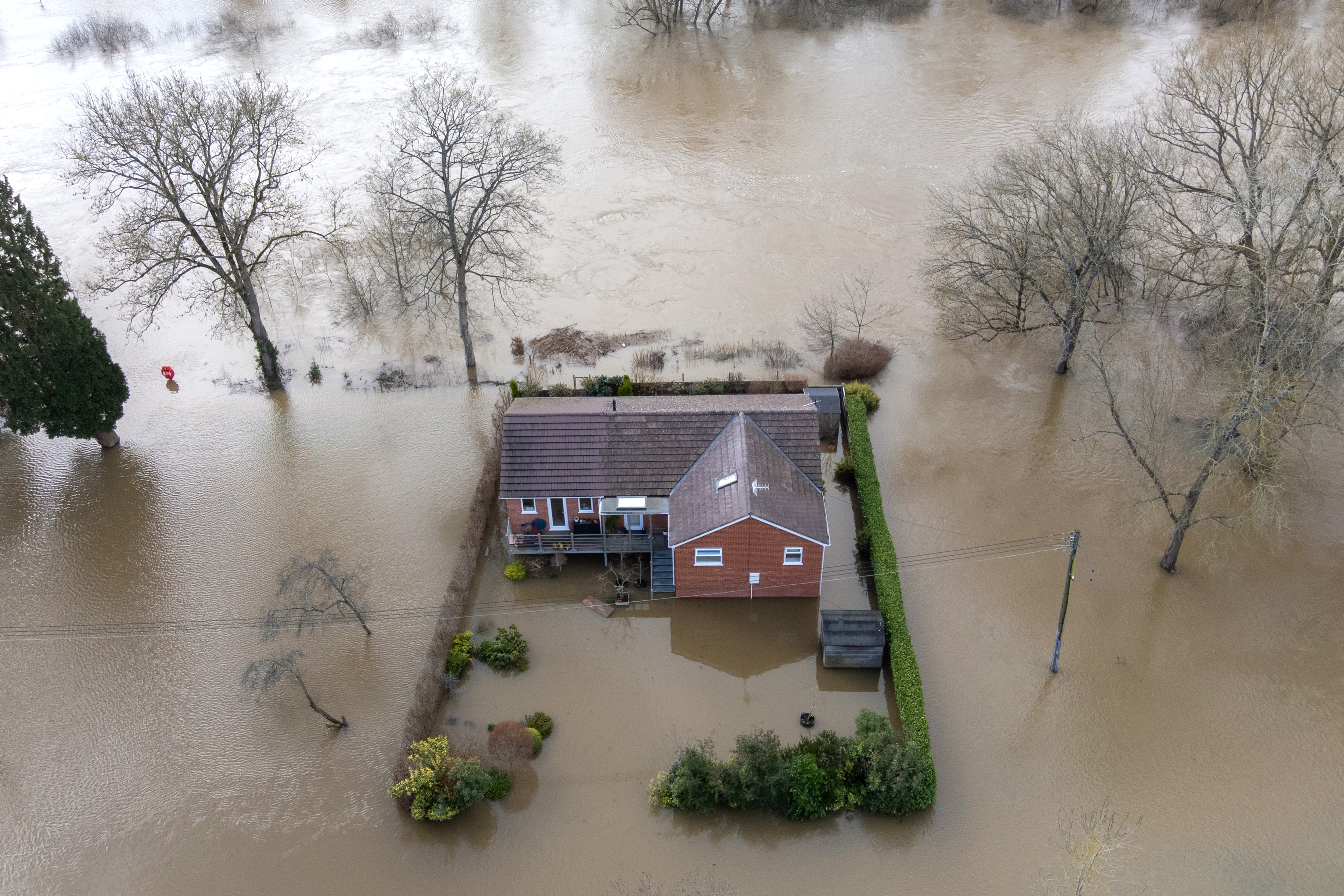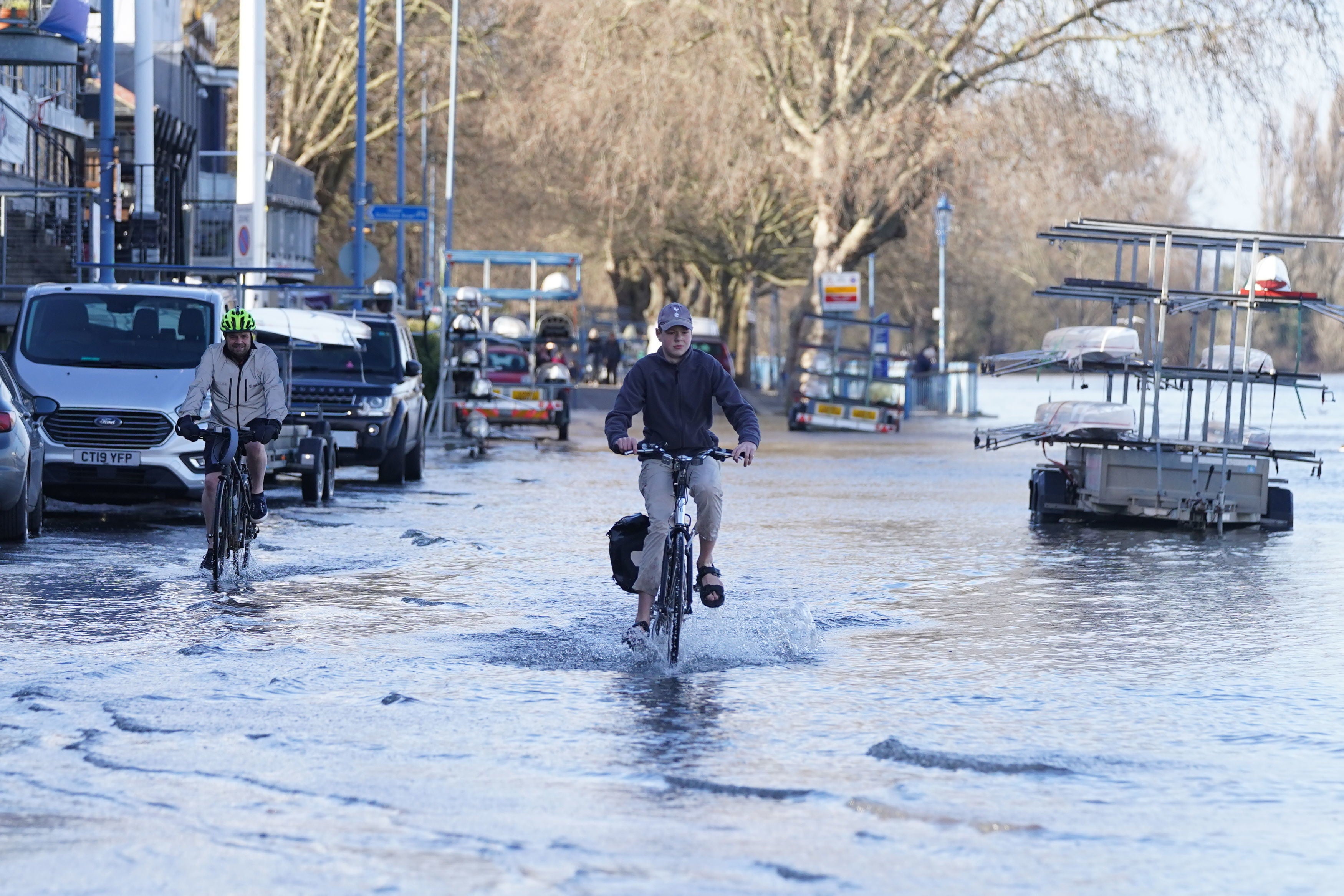How does the Met Office choose storm names?
Britain already battered by three weatherfronts earlier this year, including Dudley, Eunice and Franklin, before arrival of Claudio in November

Storm Claudio’s arrival has meant for a blustery start to November in the UK, bringing train cancellations and delays as 70mph winds sweep through southern England.
But you might be wondering how weatherfronts get their curious names.
The answer is that the Met Office reveals its list of storms in advance of the coming season in September.
The UK has already been this year battered by storms named Dudley, Eunice and Franklin, all of which were christened in line with the relatively recent tradition of naming major weather events in alphabetical order.
New additions for 2022/23 include Antoni, Betty, Fleur and Glen.
But how does the Met Office decide which names to include and when did the practice begin?
The institution names its storms when they are set to have a medium or high impact on the UK in order to help it communicate with the public in times of severe weather.
It announces a list of storm names at the start of the new season in September.



These are compiled jointly by the UK’s Met Office, Irish meteorologists at Met Éireann and the Dutch forecasters at KNMI.
The Met Office welcomes suggestions from the public, who have been invited to submit names for future storms since 2015.
You can do this via an online form or by emailing: nameourstorms@metoffice.gov.uk.
The institution says it usually receives thousands of suggestions throughout the year, which it uses to come up with the list of future storm names, along with suggestions from the Irish and Dutch weather services.
It makes sure to choose “some of the more popular names and names that reflect the diversity of the UK, Ireland and the Netherlands”.
The list starts with A and runs through the alphabet, alternating between traditional male and female names.
However, there are no storm names starting with Q, U, X, Y and Z. This is to maintain consistency with the US, which does not use these letters to name storms either.
2022/23 storm names in full
Antoni
Betty
Cillian (kill-ee-an)
Daisy
Elliot
Fleur
Glen
Hendrika (hen-dree-ka)
Íde (ee-da)
Johanna (yo-hah-na)
Khalid
Loes (l-oo-s)
Mark
Nelly
Owain (oh-wine)
Priya
Ruadhán (ru-awe-on)
Sam
Tobias
Val
Wouter (vow-ter)



Join our commenting forum
Join thought-provoking conversations, follow other Independent readers and see their replies
Comments